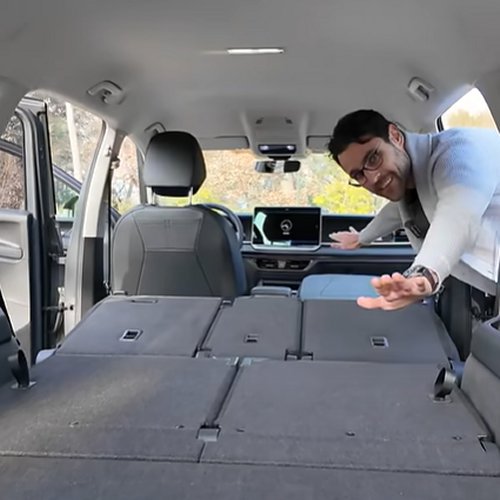Rear seat bench

kfz-tech.de/YKf3
This topic immediately reminds me of an experiment I conducted with my students. Germans, especially those living here in the border triangle, always have a certain arrogance that Dutch, as
a language, is essentially a descendant of German.
Not that I wanted to eradicate this prejudice root and branch. But in the end, the experiment boiled down to this: I read them a story in Dutch, dutifully learned because we lived near the
border.
It was about a back seat, quite simply because someone had transported a large bin of red wine on it, of course without considering possible losses. As a result, the entire car soon smelled of
red wine, which caused him enormous problems during a police stop.
I expected them to understand, but no way. And you know what the missing keyword was: Rücksitzbank (rear seat bench), achterbank in Dutch. They missed the final 'k' and thought of a
funfair, not this simple piece of seating in a car.
Which brings us, somewhat roundabout, to the topic: Why is the two-seater backrest always on the left in Europe with a 40/60 split? We recently wanted to transport a tall refrigerator in our
Kona. Our idea: Move the passenger seat as far forward as possible and use the leather on the center console.
That would have worked perfectly, but since the single seat is on the right, you have to fold down the entire back seat, which means you can't take anyone with you. If the single seat were on
the left, a passenger could have sat there and helped with loading and unloading.
We asked ChatGPT what this nonsense was all about and even received applause for our question, as happens suspiciously often. It's safer to get off on the right than the left, and one
person is more likely to get off on the left than two, because the two-seater bench is more likely to be used for luggage, etc.
If the person who needs to be unbuckled is a child, it's certainly safer from the sidewalk than from the street. There's simply more people sitting in the back right than in the back left. The
driver's view is also more unrestricted if only someone sits on the far right.
It gets even more bizarre when you argue with the diagonal into the passenger footwell. Yes, that may be true for long, narrow items, but not for 60 cm wide cabinets. Furthermore, a
passenger seatback that doesn't fold forward is a real annoyance.
If that's not the case, statistics prevail, as so often is the case. You see so many people sitting alone in their cars. But you can't see if they're carrying anything. ChatGBT makes it easy and
points to the 40/20/40 solution. But that's more expensive and requires more weight due to the multiple mounting brackets.
No, it's quite easy to do by exchanging, of course only at the manufacturer's. Below you can see that such a thing is available for purchase, for example, in the Dacia Sandero for an additional
charge.

kfz-tech.de/YKf2
VW also sometimes deviates from the prescribed line. See the Tayron at the top, how it becomes the perfect vehicle for transport or even a sleeper with the backrest folded all the way forward.
By the way, we've also found Volvos with these capabilities.
| Rivian, for example, has gone even further; in their R2 you can even
fold down the backrest of the driver's seat. |
|